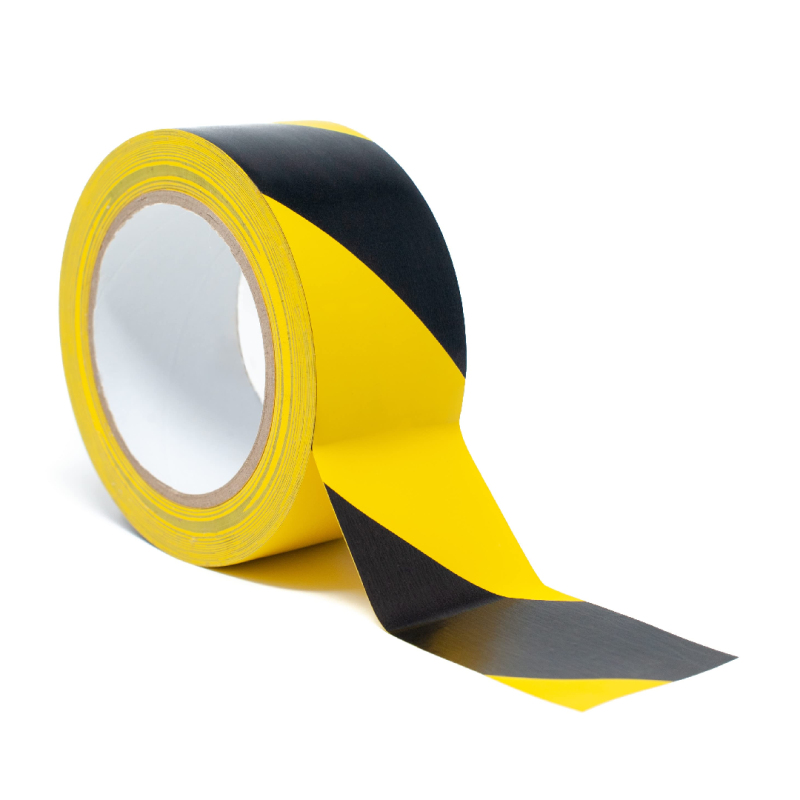Industrial Warning Tapes: Safety and Floor Marking Solutions
Warning tapes are an essential component of workplace safety, providing clear visual communication to prevent accidents and organize spaces. From construction sites to warehouse floors, these highly visible tapes guide behavior, mark hazards, and ensure compliance with safety regulations. This guide explores the different types of warning tapes and their critical applications.
Types of Warning Tapes
Caution Tape (Barrier Tape):
The classic diagonal-striped tape, often in yellow and black, is universally recognized for marking temporary hazards, restricted areas, and potential dangers. It acts as a first line of defense, preventing unauthorized access to unsafe zones like wet floors, ongoing construction, or electrical panels.
Floor Marking Tape:
Used for permanent or semi-permanent organization on floors, this tape is typically solid-colored and highly durable. It withstands heavy foot and vehicle traffic, making it ideal for creating aisles, designating storage locations, marking emergency exits, and defining work cells in factories and warehouses.
Key Benefits and Applications
The primary purpose of warning tape is to enhance safety. It immediately alerts people to be careful, reducing the risk of trips, falls, and collisions with equipment or stored materials. This visual cue is crucial in high-noise environments where verbal warnings are ineffective.
Beyond safety, floor marking tapes drastically improve efficiency and organization. By creating a visual management system, they help streamline workflows, reduce time spent searching for items, and maintain a structured, lean operation. Color-coding is a powerful aspect of this system; for example, red often indicates fire equipment or defective items, yellow marks physical hazards, and white denotes production equipment or storage areas.
These tapes are manufactured from durable materials like vinyl or polyethylene to resist abrasion, chemicals, and fading. Many varieties feature strong adhesive backings for easy application on concrete, asphalt, or other industrial surfaces.
Choosing the Right Tape
Selecting the appropriate tape depends on its intended use. For short-term, outdoor hazard marking, lightweight polyethylene caution tape is sufficient. For long-term floor markings in high-traffic areas, heavy-duty vinyl tape with a strong adhesive is necessary. Always ensure the tape's color and message comply with relevant safety standards like those from OSHA or ANSI.
Implementing a clear system of warning and floor marking tapes is a simple, cost-effective step toward creating a safer, more organized, and more productive work environment for everyone.

